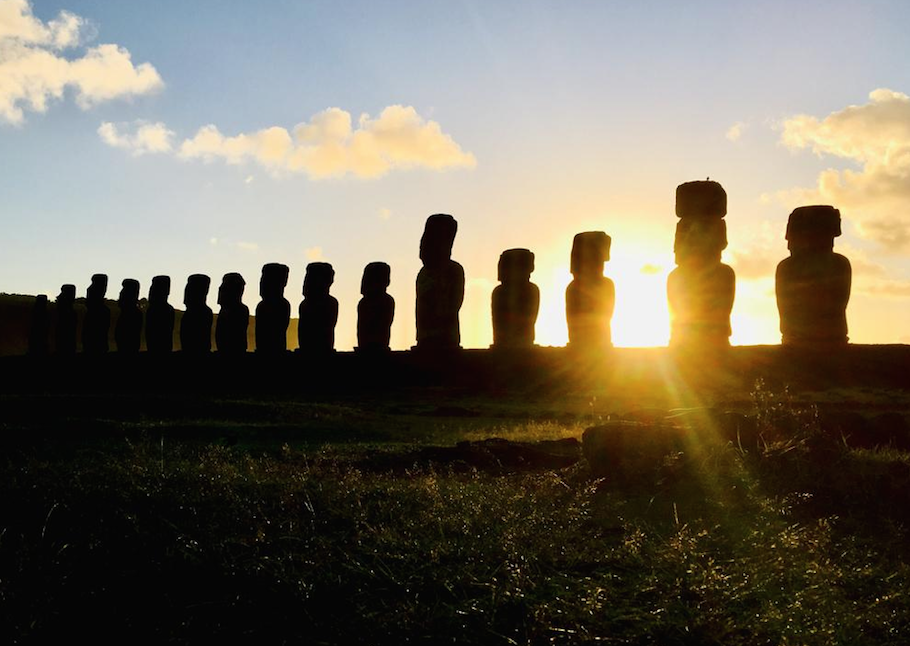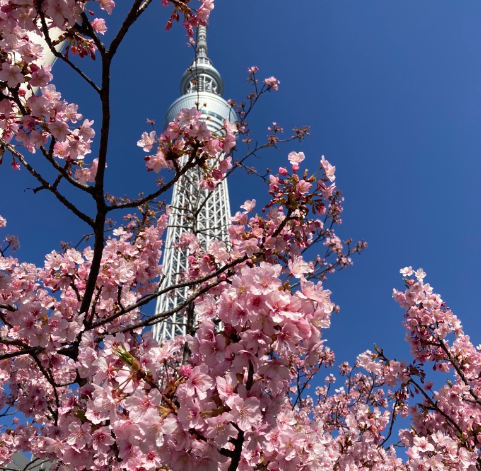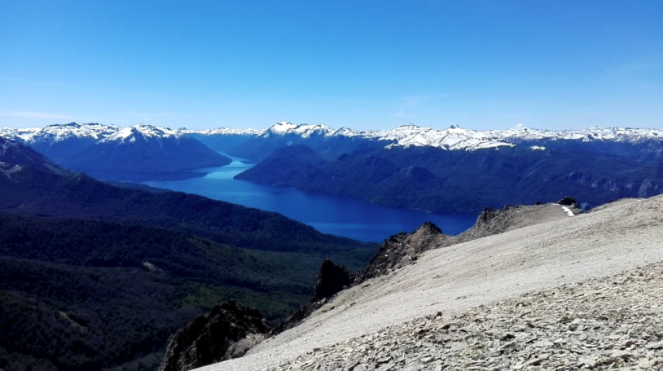I had a layover in Easter Island on my flight back from Tahiti and spent 4 nights on the island. Here is a suggested estimated 3-day itinerary. We rented a car on the first day, which is a convenient option if you have 4 people (this was the case) but I think you can tour the whole isla by bike if you’re fit- it’s way smaller than I thought!
You wanna visit the three main sites:
Tongariki

Tongariki is where the 15 moais are aligned. Depending on the time of the year, it’s supposedly the best place to see the sunrise. The backpacker on the right gives you an idea of the statue’s actual size.
Little is known about the Rapanui culture; the first outsider to throughtly research its history was a German priest who spent much time on the Island. It is believed generally that most sites are either ceremonial sites or tombs. For ceremonies the moais (statues of chiefs) were placed on the platforms (ahus). At some point however, the beliefs of the Rapanui culture were shattered – wars broke out between clans and this promped an existential crisis that marked the doom of the Rapanui culture. In fact, all moais were topped and on this specific site they were put back up to let you appreciate how it looked before intestine wars . This could be a metaphor for our troubled times. It is in fact believed that the destruction of the islanders’ belief system opened the way for its collapse.

On a lighter tone, close by you have a small beach (Ovahe), which is quite eroded and should be visited during mornings for sunlight, and Anakena, a pearly sand beach, where good swimming is possible.
Raruku Kau

This is the place where moais were carved into stone: you have the highest concentration and can see some unfinished ones (my friend sat on one’s face by mistake). You can also climb on the crater of the volcano. The whole island is of volcanic origin and so are most rocks.
This is one of the spots that reminds you that this is a place like no other. In fact, its inhabitants thought they were alone in the world. On the whole island (including town) you’ll spot groups of horses moving independently.

Rano Kau (Orongo)


This in my opinion is the hike with the best view of the island. You can pretty much walk from Hanga Roa and then circle the crater except for the eroded part. On the right side is Orongo, a funerary site. More interestingly, from here you can see the motus, the small islets pictured above, which is where the Bird Man competition took place in ancient times. This was a competition to name a new chief: men would jump off the cliff pictured with their canoo/surfboard and paddle to the Motu Nui (the bigger islet). The competition took place at a specific time of the year when birds laid eggs on the islets. The men had to take the egg and paddle back and climb the hill – if the egg was intact, there was a winner. The prize was… a woman, who had been raised with other girls inside a cave (the Cave of the virgins) and had therefore not been exposed to sunlight. I think this gives you an overview of the mystical, fascinating traditions, but also of the hashness and violence of the culture, that somehow is still palpable today. If you wanna opt for another hike, you could go to the islands highest point,Terevaka (won’t take more than two hours from the well marked trailhead in Vainea, add an extra hour if you walk to it), you’ll see a crater here as well.

Costs and logistics
As you of course already know, Rapa Nui is a part of Chile – even though they never handed over sovereignity over the island, and locals tend to feel strongly about this, as my host and her friends did – so the currency used is Chilean pesos. There are ATMs in Hanga Roa. Easter island isn’t cheap: arriving from French Polinesia though, I didn’t feel it that much. The cheapest route is from mainland Chile – a 300 USD fare is the cheapest you’ll ever get. I met a couple who found last minute tickets, but don’t count on it – I’d suggest booking in advance if you really want to go. Visiting on shoulder seasons and cooking in will be your best option to save up. Remember you can’t bring fruits or vegetables – if you’re very tight you can bring pasta/rice/cheese and save on that. The entrance to access the sites costs 80 USD (!!) for foreigners and 20 USD for Chileans – you can buy it at the airport. Food is very influenced by the continent. Credit cards are widely accepted. Wi fi on the other hand tends to be feeble.
Last but not least…




